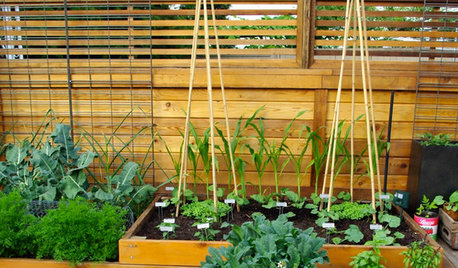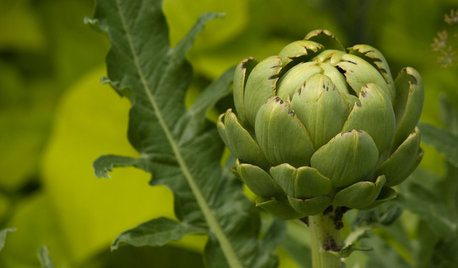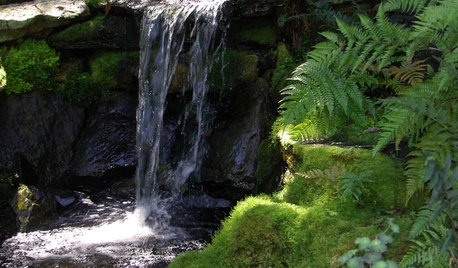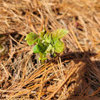Seed Tape experiments
runswithscissors
11 years ago
Related Stories

SHOP HOUZZShop Houzz: Create Your Own Farm-to-Table Experience
Create an edible garden with these tools, seeds and planters — then enjoy the bounty at your table
Full Story0

GARDENING GUIDESHow to Plant a New Lawn From Seed
Choose from more grass varieties and save money over sod by starting your lawn from seed
Full Story
GARDENING GUIDESSeeds or Seedlings? How to Get Your Garden Started
Growing delicious herbs and vegetables starts with knowing your goals and when you want to plant
Full Story
MOST POPULARExperience the Holidays at Frank Lloyd Wright's Home and Studio
Handmade decorations, greenery and gifts show how the famed architect and his family celebrated Christmas in their Oak Park home
Full Story
HOUZZ TVHouzz TV: How to Make and Plant a Veggie Box
See how to start edibles from seed, then transfer the seedlings to a box on stilts to make harvesting more fun
Full Story
LIGHTINGThe Lowdown on High-Efficiency LED Lighting
Learn about LED tapes, ropes, pucks and more to create a flexible and energy-efficient lighting design that looks great
Full Story
GARDENING GUIDESYour Garden Is Stirring — Here’s What to Do in February
February is a good time to start seeds, shape up shrubs and watch for the earliest blooms. Here’s what to do in your part of the U.S. now
Full Story
BUDGET DECORATINGBudget Decorator: 12 Vintage Finds to Take Home This Spring
Experience the thrill of the hunt and the triumph of a bargain when you set out on a thrifting jaunt with these finds in mind
Full Story
LANDSCAPE DESIGN9 Ideas for Thoughtful Gardening in 2014
Start the year with a new way of thinking about your yard. Does one of these garden experiences sound good to you?
Full StorySponsored
Central Ohio's Trusted Home Remodeler Specializing in Kitchens & Baths
More Discussions








rhizo_1 (North AL) zone 7
jimster
Related Professionals
Owings Mills Landscape Architects & Landscape Designers · Panama City Landscape Architects & Landscape Designers · Vernon Hills Landscape Architects & Landscape Designers · Burlington Landscape Contractors · Deer Park Landscape Contractors · Indio Landscape Contractors · Kettering Landscape Contractors · New Berlin Landscape Contractors · Norwalk Landscape Contractors · West Allis Landscape Contractors · Westchester Landscape Contractors · Cheshire Gardeners & Lawn Care · Oceanside Driveway Installation & Maintenance · Fallbrook Driveway Installation & Maintenance · Fort Myers Driveway Installation & Maintenancewertach zone 7-B SC
albert_135 39.17°N 119.76°W 4695ft.
rhizo_1 (North AL) zone 7
digdirt2
runswithscissorsOriginal Author
nancyjane_gardener
thegreatcob
digdirt2
chippoli
thegreatcob
nancyjane_gardener
Edymnion
jimster
albert_135 39.17°N 119.76°W 4695ft.
Edymnion
Krt1
jimster
runswithscissorsOriginal Author